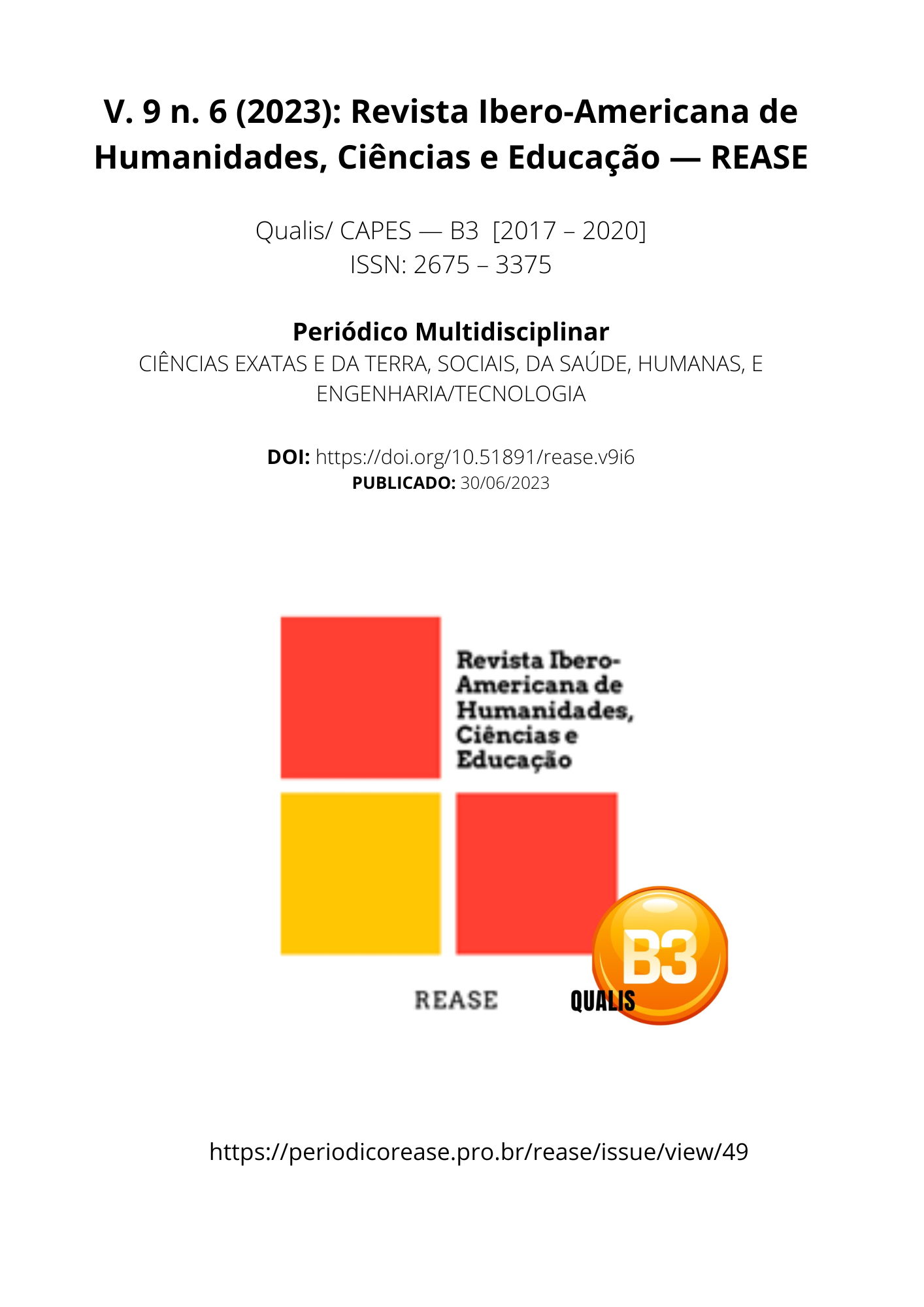THE CONTRIBUTION OF PSYCHOANALYSIS IN THE PREVENTION OF SUICIDE IN TRANS PEOPLE
DOI:
https://doi.org/10.51891/rease.v9i6.10401Keywords:
Psychoanalysis. Suicide. trans people. Transsexuality.Abstract
When talking about the trans person, terms such as transgender, transsexual and transvestite do not ask for a definition, but an understanding to understand where each individual expresses the way that symbolizes their sexuality. In the life of the trans person, many challenges are presented, among them can be considered the transsexualization process itself. In 2008, the Ministry of Health regulated the transsexualization process in the Unified Health System (SUS), offering sexual reassignment surgeries for this population, as well as hormone therapy. Faced with many challenges, a study on suicide and its relationship with the trans population showed high levels of suicide in transgender people compared to cisgender individuals. In the twentieth century, the psychoanalysis created by Sigmund Freud, among many of his contributions, disruptively broke society's sexual instinctual narrative, raising hypotheses to understand human sexuality at that time, depathologizing homosexuality in its time through the theory of bisexuality. The importance of adequate medical follow-up together with the analysis, where the subject can be properly listened to by a psychoanalyst in an adequate and safe environment, can favor the understanding of their own demand on their body and help in achieving their goals. objectives in a more sensible way, not seeking the relief of their symptoms only through reality.
Downloads
Downloads
Published
How to Cite
Issue
Section
Categories
License
Atribuição CC BY

